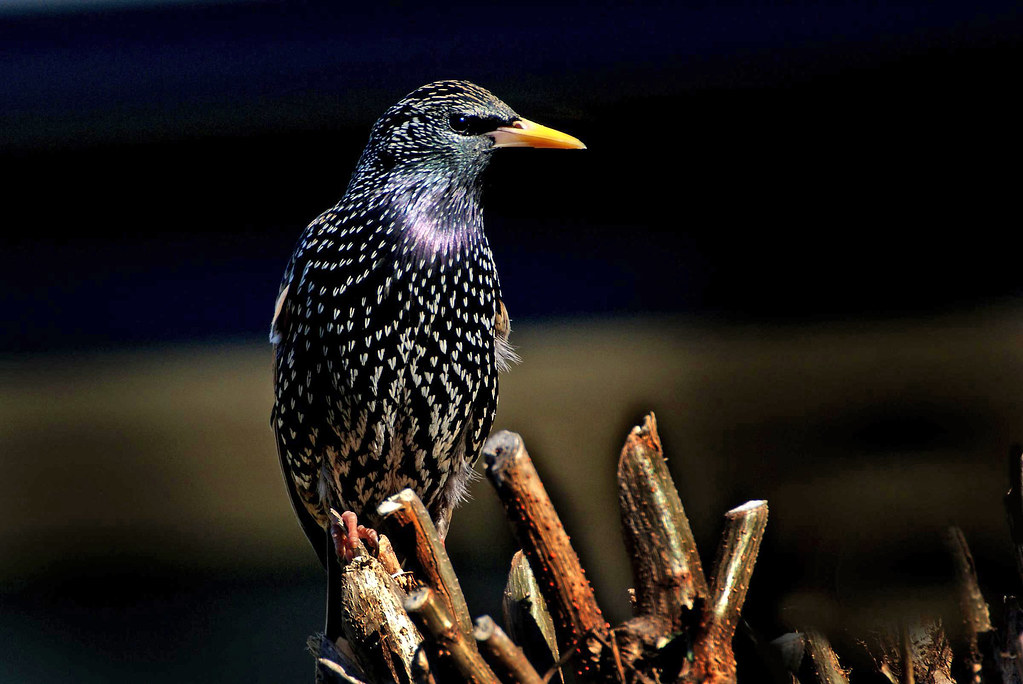In a striking demonstration of nature’s resilience, more than 200,000 pink starlings have converged in Xinjiang, China, to combat a severe locust plague that poses a significant threat to the region’s agricultural viability. This remarkable phenomenon is not merely an instance of avian migration, but rather a purposeful ecological intervention aimed at restoring equilibrium in an environment deeply affected by drought and pestilence. The starlings’ arrival offers hope for revitalizing the local ecosystem and safeguarding agricultural productivity, showcasing nature’s incredible ability to adapt and assist.
The Xinjiang Uygur Autonomous Region has spared no efforts to deal with locust infestation, implementing various innovative strategies to protect their agriculture.
The Xinjiang Uygur Autonomous Region has been grappling with a locust infestation that has spread across more than 392,000 hectares of pasture, primarily in Tacheng Prefecture along the China-Kazakhstan border. The local bureau of animal husbandry has reported that the locusts have wreaked havoc on the grasslands, prompting a call to action that has mobilized both birds and chickens in an unprecedented biological control effort.
Since mid-June, efforts have been underway to attract these migratory rosy starlings by setting up brick nests in the mountainous areas and grasslands. The results have been astounding; the starlings have been able to reduce the locust population from 40 per square meter to just two in the areas they have visited. This remarkable feat has taken place over 17,000 hectares, showcasing the effectiveness of using natural predators to manage pest populations, and highlighting the potential for sustainable pest control methods.
In addition to the starlings, 85,000 special chickens, unique to the plateau, have been deployed to further combat the locusts. These chickens, raised by local herdsmen, have successfully halted the spread of locusts across an additional 30,000 hectares of land. This dual approach not only highlights the ingenuity of local agricultural practices but also underscores a growing recognition of the importance of biodiversity in pest management, demonstrating a harmonious blend of traditional and modern techniques.
Historically, China has relied heavily on chemical insecticides to eradicate locusts, a method that, while effective in the short term, has led to significant environmental degradation. The shift towards biological measures, such as the introduction of starlings, reflects a broader commitment to sustainable agriculture and environmental protection. As Li Jun, a locust-control expert, noted, “Using starlings is the best natural way to control locusts.” This approach not only minimizes pollution but also promotes a healthier ecosystem.
Xinjiang is home to over 100 species of locusts, which pose a serious threat to the health of its grasslands. The region has a long history of utilizing various birds, including chickens and ducks, to combat these pests. However, the innovative strategy of breeding starlings in artificial nests marks a new chapter in the fight against locusts. Experts predict that if these squadrons of starlings are successfully established, damage to pasture areas could be reduced by an impressive 70%, saving the region approximately 30 million yuan ($4 million) in the first year alone, illustrating the economic benefits of ecological interventions.

This initiative has great ecological significance.
The ecological implications of this initiative extend beyond immediate pest control. By fostering a diverse array of species that contribute to pest management, Xinjiang is taking significant steps towards restoring ecological balance. The presence of starlings not only helps control locust populations but also supports the overall health of the grassland ecosystem, which is vital for the livelihoods of local herdsmen, ensuring a sustainable future for the region.
As the world grapples with the challenges posed by climate change and biodiversity loss, the story of the pink starlings in Xinjiang serves as a powerful reminder of nature’s ability to adapt and thrive. It highlights the importance of integrating traditional ecological knowledge with modern conservation practices to create sustainable solutions for agricultural challenges.

The arrival of pink starlings in Xinjiang transcends mere natural occurrence; it exemplifies nature’s resilience and the collaborative efforts of those striving for ecological harmony. This remarkable event underscores the intricate bonds that connect humanity to the natural world and highlights the essential role of biodiversity in sustaining ecosystems. As these starlings combat the locust plague, they emerge not just as avian representatives but as vital agents of restoration, renewing hope for the region’s grasslands and inspiring future conservation efforts.
Related posts:
Xinjiang uses birds to battle raging locusts – Xinhua
China may send ducks to battle Pakistan’s locust swarms
China breeding starlings to combat locusts





